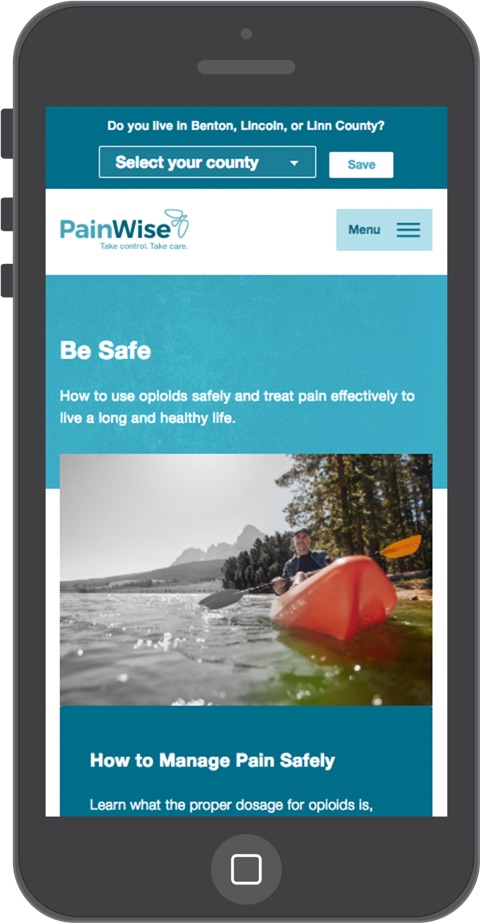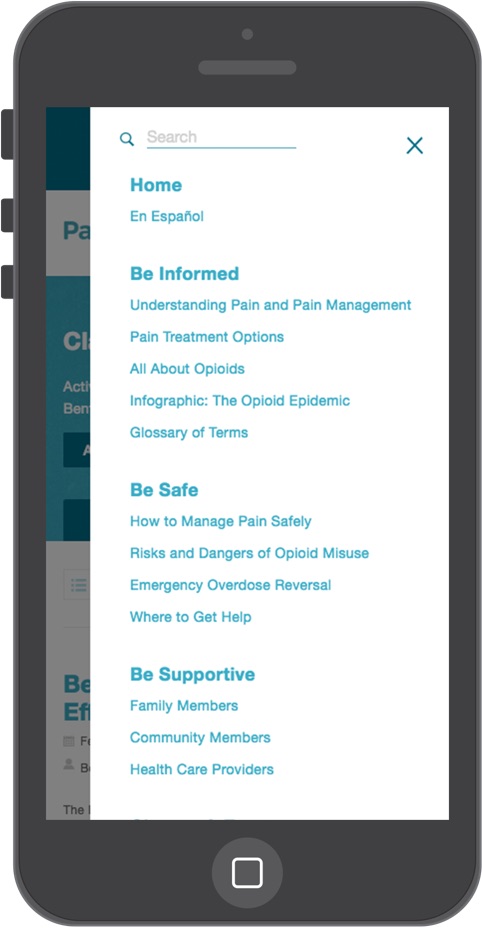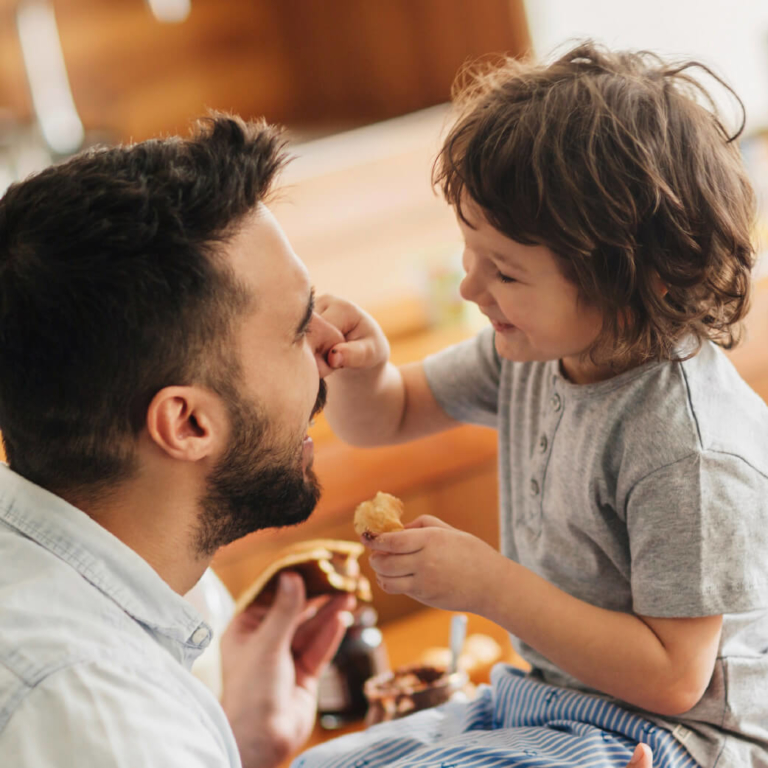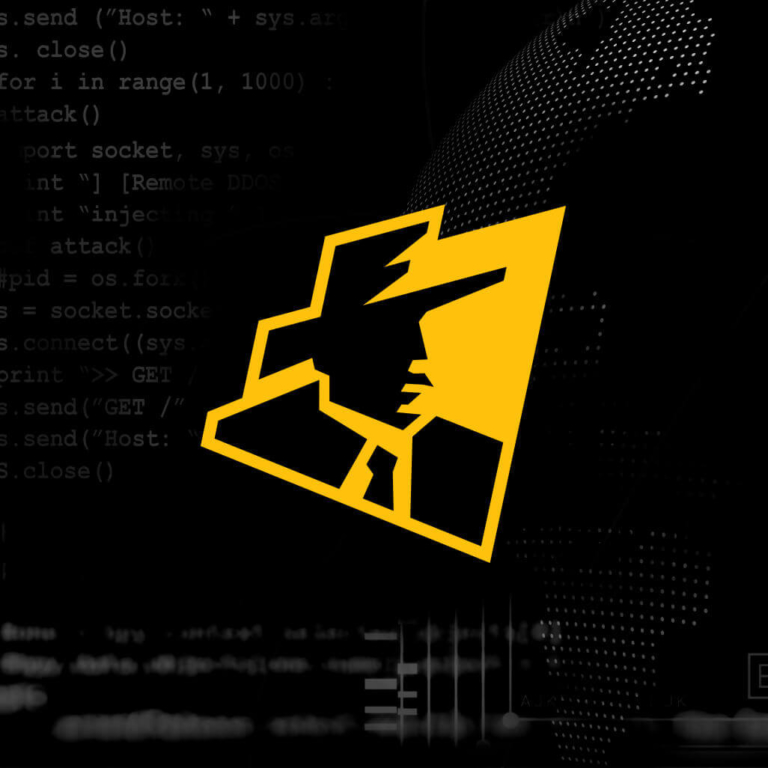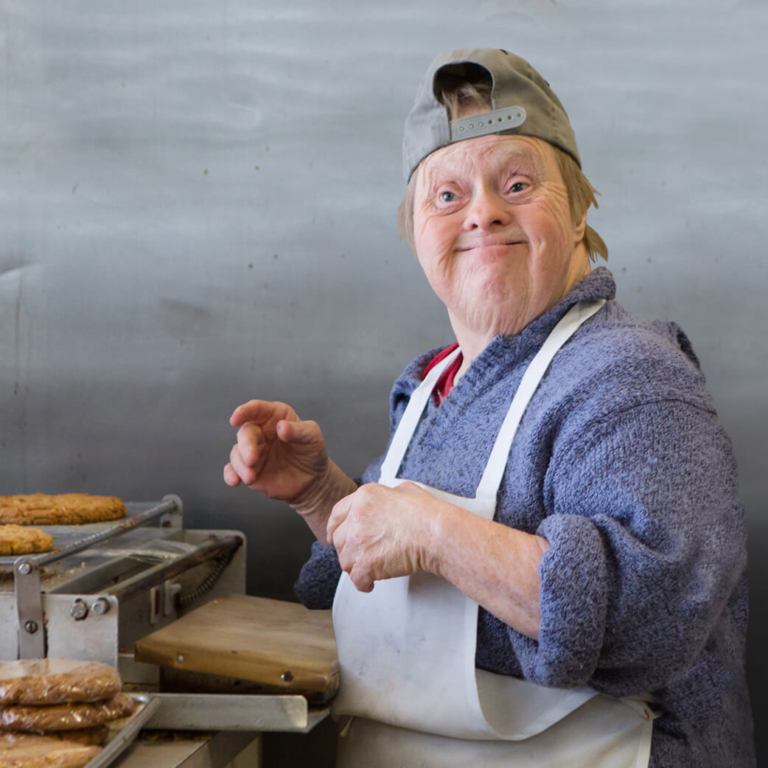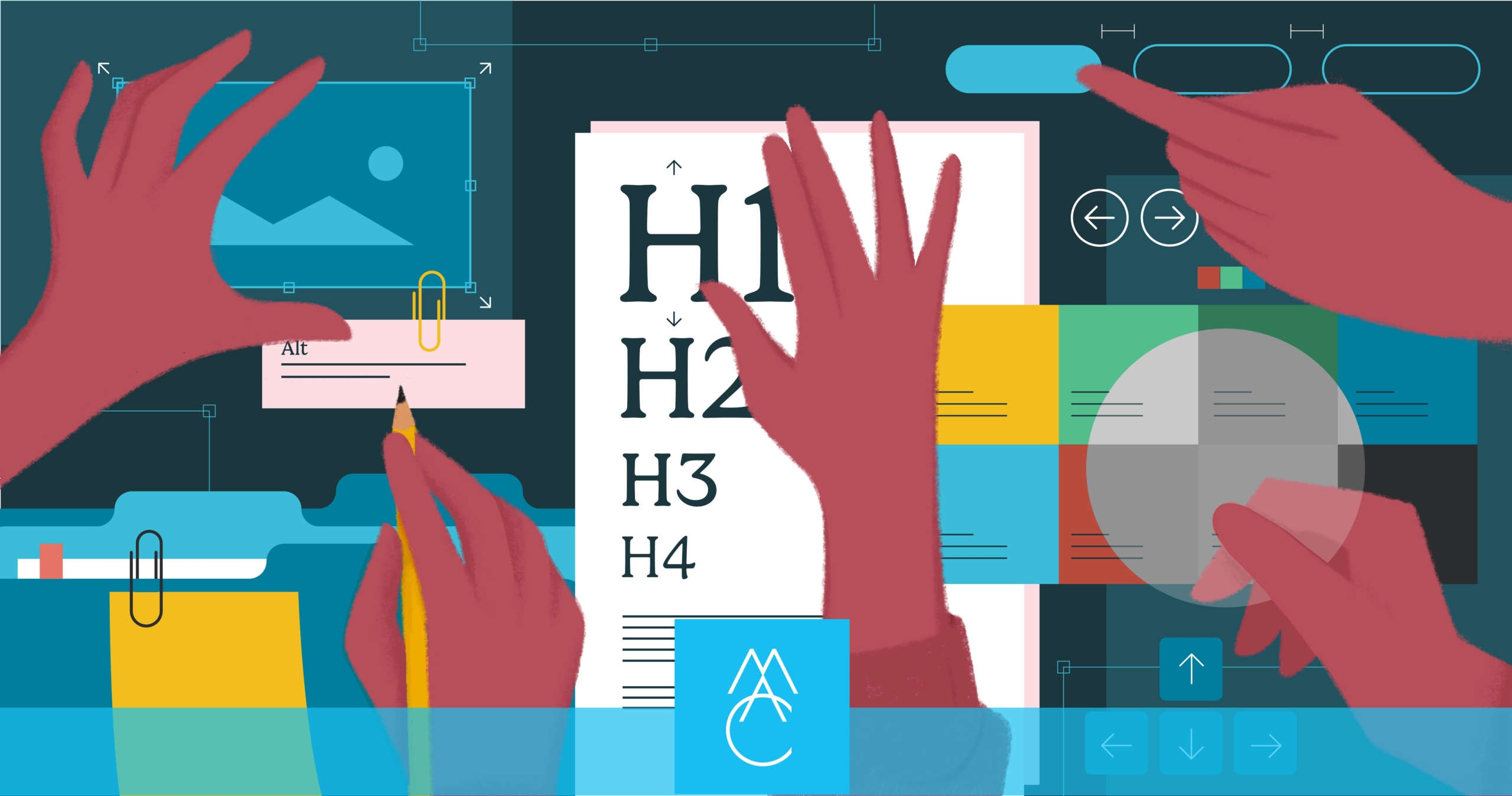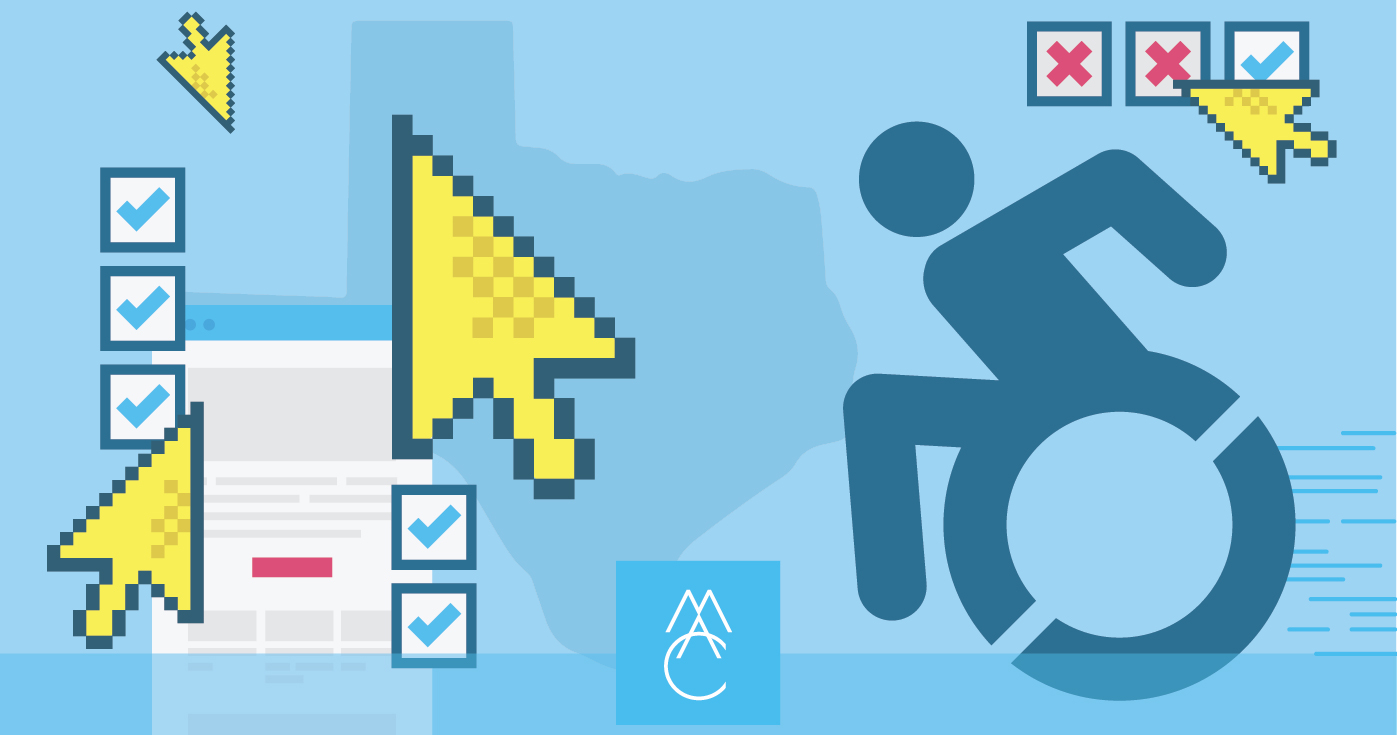Every year, tens of thousands of people overdose on opioids. Samaritan Health Services set out to spearhead a regional solution — but they needed a partner to strategize the campaign. For that, they turned to the MAC.
Abstract
As the region’s leading healthcare provider, Samaritan wants to help its community recognize the opioid epidemic and access tools to address it. But at the outset, how to do so wasn’t clear.
The MAC spoke to target audiences, interviewed leaders of similar campaigns, and did the deep research to build a strategy that would get the results Samaritan wanted.
We discovered that this campaign would need a multi-prong, community-first approach, and that it would require alternative communication channels to reach our highest-risk group.
Most of all, it would have to acknowledge pain. Promising hope, of course, is a must: for someone to try to change, they have to believe change is possible. But in our research, we determined that hope by itself is not enough. To be credible, we would have to face difficulty first. Only then would we be able to bring a message of change.
Deliverables
-
Strategy
-
Messaging
-
Naming
-
Branding
-
Website
-
Marketing
Strategy
Challenge
People receive opioids by prescription, and they use them to manage pain. But long-term dependence is dangerous, especially in rural areas, where addiction and poverty move in tandem.
In 2014, the issue set a dark record: more than than 28,000 Americans died from overdose.
In Congress, the response was “a rare instance of bipartisanship and compromise” according to HuffPo, with legislation (CARA) focusing on prevention, not punishment. Organizations across the country responded. Data started surfacing. Healthcare providers changed stance, taking a hard look at unsafe prescription practices.
So far so good, but it didn’t do much for those who were already hooked.
In Oregon, the opioid crisis affects many lives, especially in the tri-county region that Samaritan serves. As the region’s leading healthcare provider, Samaritan felt a responsibility to make a difference for them.
So our client joined the national effort to address the crisis here at home.
As the region’s leading healthcare provider, Samaritan felt a responsibility to make a difference.
Their plan was to launch a public awareness campaign to help community members, medical professionals, and patients recognize the crisis, learn what they can do to help, and access tools to do so.
Our client’s first step was to form a task force in Benton, Lincoln and Linn counties: a hefty group of about 50 stakeholders. But they needed a partner to strategize the campaign.
They hired the MAC, and PainWise was born.
Goal
Samaritan had distinct goals for three separate audiences.
Community Members
- Educate families about risks, ways to taper, and where to get rid of unwanted drugs
- Urge community leaders to organize outreach to make the region safer for people in pain
Medical Professionals
- Build consensus among care providers on prescription practices
- Implement these consistently
- Bring in more pain specialists and addiction treatment centers
Patients & Families
- Help patients transition to better and safer pain management therapies
- Help them get support when they need it, including addiction treatment programs
- Reduce mortality
The value of a healthcare branding strategy is measured by its results. To make our client’s goals achievable, we recommended that they track the following metrics to determine the campaign’s success.
- New and returning web visitors
- Web pages shared
- Videos watched
- On-site trainings completed
- Treatment program enrollments
- Statistics on opioid overdose
- Statistics on opioid-related deaths and disabilities
- Legislative policy changes
- Patient satisfaction survey results
- Number of prescription take-back drop-boxes available
- Community participation in take-backs
Discovery
With a pile of open-ended questions to untangle, we began talking to doctors, patients, and health administrators, analyzing other campaigns that faced similar challenges, and interviewing their leaders for insight.
For our client’s campaign to succeed, we discovered it would need a multi-prong, community-first approach.
It would need to leverage alternative communication channels — especially direct outreach — to connect with our highest-risk group, who have little-to-no access to the Internet, broadcast TV, or outdoor advertising.
Most importantly, the campaign would have to acknowledge pain as well as promise hope.
Execution
Strategic partnership
The MAC became the strategic arm for PainWise, guiding the campaign as a fully engaged, long-term partner. Our first step was to develop an in-depth strategy document with comprehensive recommendations: an end-to-end roadmap for success.
The project needed a name, so we created a short deck of worthy options, then developed a survey for 50 stakeholders from all three audiences. We analyzed the results and made recommendations, managing and moderating the process to identify the name that would best serve our client’s goals.
Throughout the project, we worked with the communications subcommittee of the opioid safety task force. There were many different voices here — from CCO marketing folks to doctors from local health clinics. Effective partnership called for a clear vision, a collaborative spirit, and the ability to listen.
Hurt and hope
The backbone of our message is hope. For someone to change, they have to believe that change is possible. Yet butterflies and fairy tales won’t resonate with a person in chronic pain.
If we dwell only on the bright side, patients might not believe our solutions are relevant to them. We must acknowledge pain in order to show that we’re talking to them, not someone else; from there, we can go on to provide information and alternatives that can make a difference.
The name PainWise gives weight to both hurt and hope: the difficulty patients face, as well as the choices that can bring freedom. The photography, color, texture, and other visual elements that define the brand are designed to build trust, acknowledge pain, and lift the spirit.
Regional relevance
As a regional project, PainWise incorporates tri-county imagery in its billboards, print collateral, and digital ads, so local residents will connect with it. We also personalized the web user experience based on county of residence and provided Spanish language translation.
The MAC incorporated our goals into a comprehensive public awareness campaign that will serve as an ongoing community resource. We’ve been very pleased.
When Samaritan hired us to create PainWise, they had a destination in mind — but how to reach it was an unknown. They asked the MAC to write a map. We brought the GPS.
What’s your destination?
Explore Our Services

